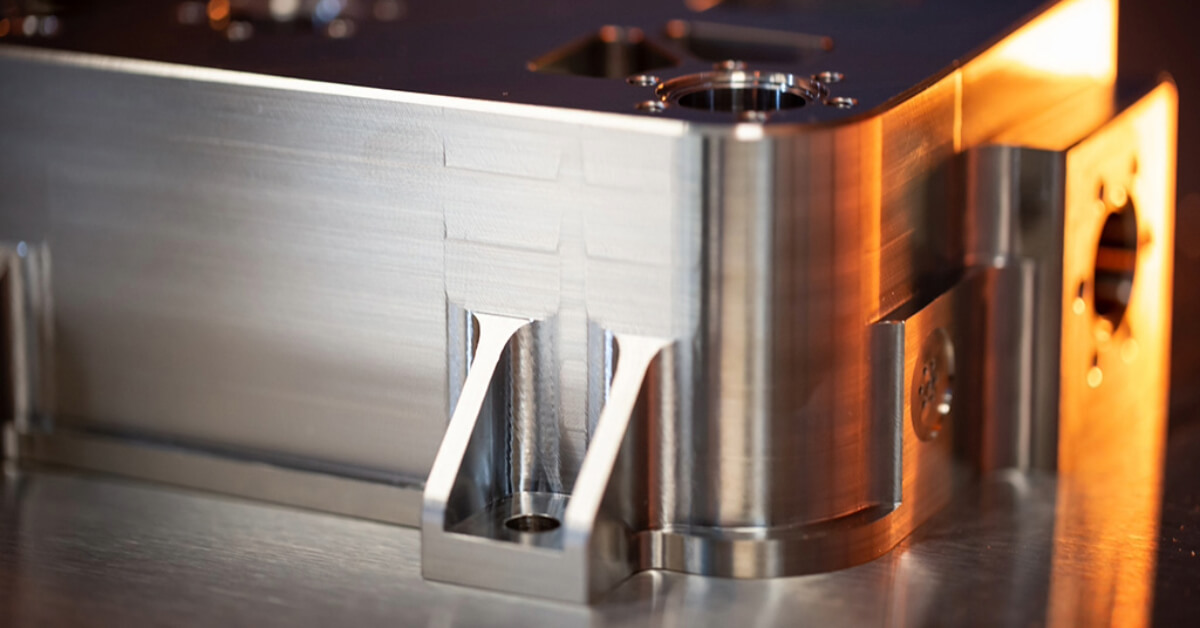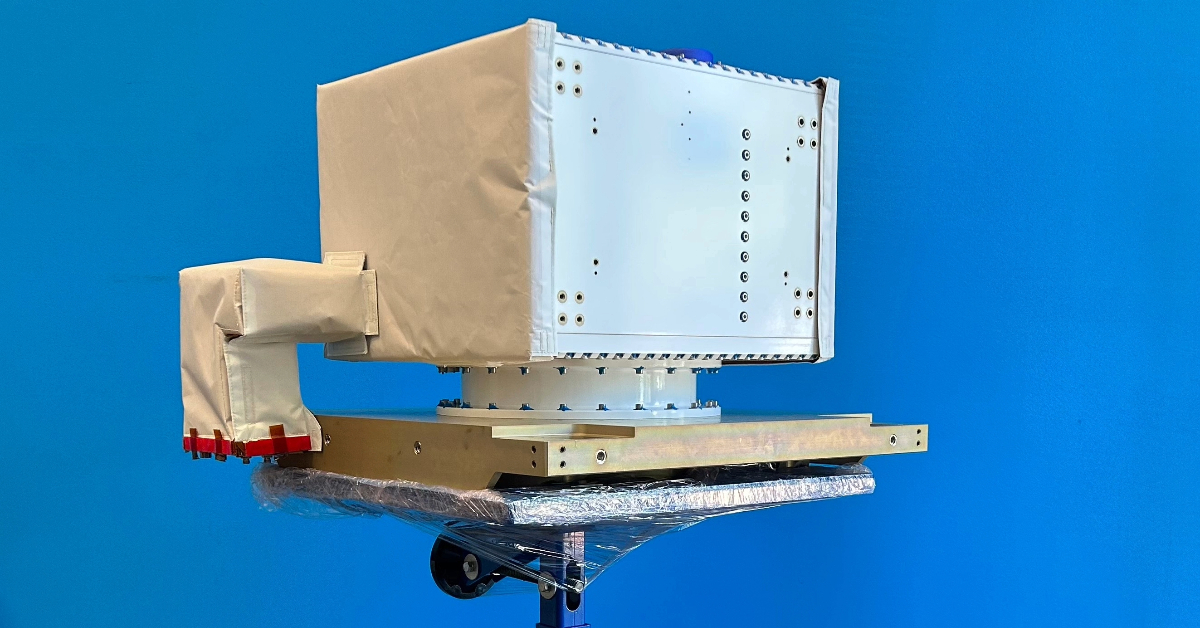WASHINGTON, D.C. (September 27, 2023) — The Defense Science Board identified three areas of quantum technology that will be most relevant to the Department of Defense's (DoD) technological superiority: sensing, encryption, and communications. Of these, quantum sensing is the most mature and promising for use in military technologies reliant on accurate positioning, navigation, and timing (PNT). PNT is critical to the function of key capabilities such as imaging, earth observation, and communication.
Recognizing these imperatives, Defense Innovation Unit (DIU) - in collaboration with the Office of the Undersecretary of Defense for Research & Engineering’s Quantum directorate, kicked-off a quantum sensing initiative in late 2020. The program focuses on moving atomic sensors out of the lab and to the real world. Today, the program is bearing fruit with delivery of a quantum sensor that can meet the rigors of space.
For this project, DIU awarded a contract to Vector Atomic, a 5-year old California start-up focused on fielding and commercializing atomic instruments. Recently, Vector Atomic, in partnership with Honeywell Aerospace, delivered a fully integrated, high-performance atomic gyroscope. This is the first atomic gyroscope to undergo space qualification and is expected to be the first atomic inertial sensor to operate in space.

Photo caption: Physics package for atomic gyroscope. Courtesy of Vector Atomic.
To rapidly prototype the technology, DIU focused on validating the core technology in mission-relevant environments while avoiding overly prescriptive design requirements. Despite supply chain challenges and other COVID-19 complications, Vector Atomic went from a paper design to delivery in about two years. For Estep, the quick turnaround from design to delivery for space, particularly for a novel instrument, is quite an achievement. This speed is necessary when the objective is to transition the technology to address operational gaps.
Gyroscopes measure rotational motion, a critical function for drones, ships, aircraft, satellites, and even consumer electronics, and make up a multi billion-dollar per year market. An atomic gyroscope uses atoms and precise laser interactions to act as rulers to discern angular rates, compared to current state-of-the-art approaches that rely on photons (i.e., light). Atoms, in principle, are massive and slow in comparison, and thus, the effects on them are more apparent when experiencing rotation. The added sensitivity and precision offered by the quantum inertial sensor means reducing positional error, and most importantly, the reliance on external PNT signals provided from systems like GPS.
“Quantum inertial sensors are not only scientifically intriguing, but they also have direct defense applications,” said Lt. Col. Nicholas Estep, the technical program manager for the effort. “If we can field devices that provide a leap in sensitivity and precision for observing platform motion over what is available today, then there's an opportunity for strategic gains across the DoD.”
Getting quantum sensors out into the wild has not happened overnight, however. “This project represents decades of investment by the Department of Defense, particularly DARPA, into quantum based inertial sensors. It is so exciting to see the capabilities come to fruition, thanks to this development push from DIU and funding support from OUSD R&E amongst many other agencies,” said John Burke, PhD, Principal Director of Quantum Science, Under Secretary of Defense for Research & Engineering.
DIU’s quantum inertial sensor project doesn’t stop with the demonstration of the atomic gyroscope in space. The next phase of the project will include the demonstration of a fully integrated atomic inertial measurement unit (IMU), composed of independent accelerometers and gyroscopes to sense motion along all degrees of freedom. The IMU is a building block of inertial navigation solutions to platforms, regardless of domain.
Further information regarding this spaceflight demonstration to be published at a later date.
